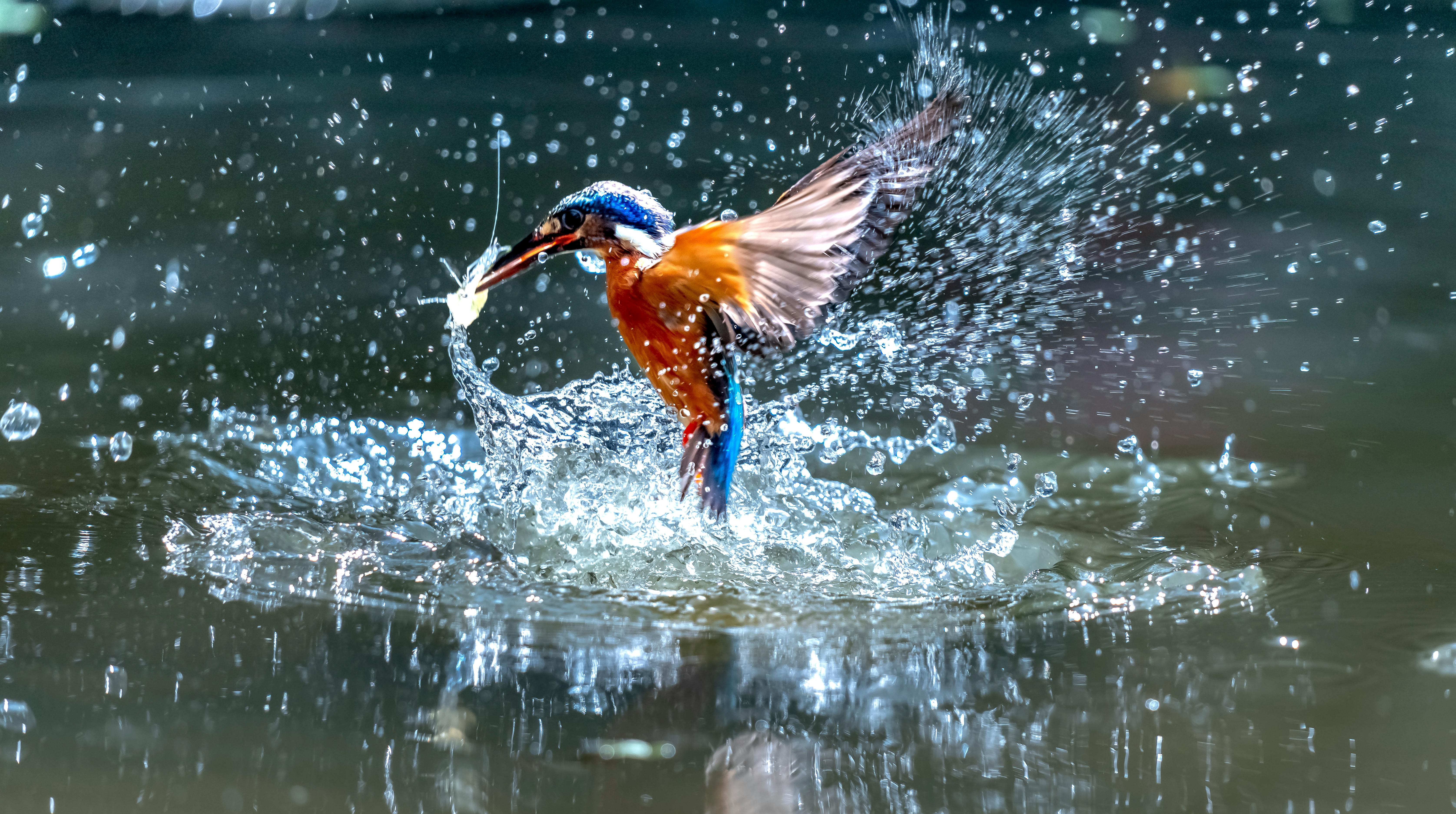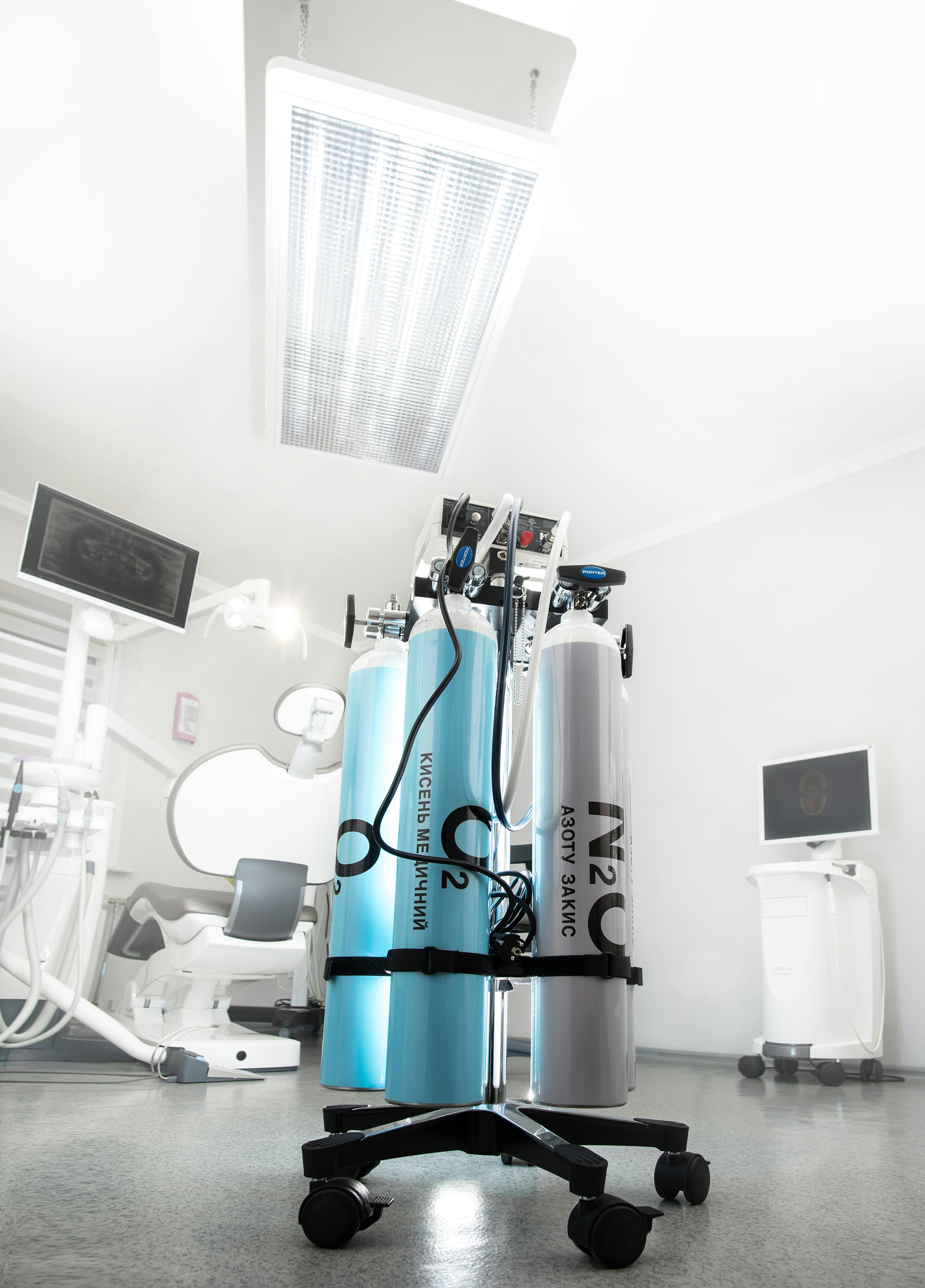Apply Now
Essential Strategies for Enhancing Your Red Sea Aquariums in 2025
As the popularity of red sea aquariums continues to surge, more aquarists seek innovative methods to enrich their marine environments. These mesmerizing underwater ecosystems not only provide therapeutic visuals but also serve as a testament to the intricate balance of marine life. Understanding the unique parameters and needs of a red sea aquarium is crucial for fostering healthy habitats for saltwater fish, coral reefs, and various marine invertebrates. In this article, we will explore effective ways to enhance your aquarium setup, ensuring its beauty and sustainability while supporting the diverse marine life it houses.
This article provides a comprehensive roadmap for aquarists in 2025, highlighting essential techniques for aquascaping, aquarium maintenance, and optimal product selections. You’ll discover the latest advancements in aquarium technology, including fish tank filtration systems and the strategies to balance water chemistry for thriving coral growth. Whether you’re a seasoned hobbyist or a novice enthusiast, there are valuable tips for everyone.
Now, let's delve into the vital aspects of enhancing your red sea aquariums, beginning with the importance of proper setup.
How to Perfect Your Aquarium Setup for Optimal Marine Life
Building upon the fundamental understanding of red sea aquariums, let's discuss how you can create an ideal setup tailored for sustaining marine biodiversity. The arrangement of your tank significantly impacts the health and compatibility of its inhabitants. This section will cover the essential components of an effective aquarium setup.
Understanding the Ideal Aquarium Size
Choosing the correct size for your red sea aquarium is a pivotal first step. Larger tanks generally facilitate better water quality and stability, resulting in healthier aquatic life. A minimum of 75 gallons is often recommended to accommodate a diverse range of marine species successfully. Small tanks may lead to fluctuations in water parameters that stress fish and inhibit coral growth.
Initiate the planning phase by charting out your tank's footprint, considering both aesthetic appeal and practical maintenance. Consulting experienced aquarists in forums or local aquarium clubs can provide insight into optimal size choices for coral reef maintenance and fish compatibility.
Choosing the Right Substrate and Rockwork
The substrate selection influences water chemistry and the overall appearance of your aquarium. Fine-grained substrates can promote anaerobic bacteria, enhancing biological filtration. Meanwhile, live rock serves as a foundation for beneficial microbes and creates habitat opportunities for marine creatures.
Consider utilizing various shapes and sizes of live rock. This promotes tank variety and supports coral propagation efforts by mimicking natural reef structures. Implementing a layered aquascaping approach, where taller formations create a sense of depth, increases the visual aspect of your aquarium while maintaining the natural behavior of fish species.
Balancing Lighting for Coral Growth
Aquarium lighting impacts coral photosynthesis and the overall tank ecosystem. In 2025, advancements in LED technology allow for customizable lighting solutions, enhancing coral growth while reducing energy consumption. A photo period that mimics natural sunlight is crucial for maintaining an aquatic environment stability.
Choosing the right spectrum of light is vital, especially for coral species varieties requiring specific wavelengths. Regular water testing helps ensure that your lighting doesn't shift water parameters, ultimately supporting healthy coral life and enhancing your aquarium aesthetics.
Effective Maintenance Practices for Long-Lasting Aquatic Ecosystems
With a solid foundation set, consistent maintenance practices are essential to uphold the health and stability of your red sea aquarium. Regular care encompasses various activities from water changes to equipment upkeep, facilitating a vibrant and thriving aquatic ecosystem.
Developing an Efficient Water Change Schedule
Regular saline water changes are indispensable for maintaining water parameters and nutrient cycling in marine tanks. Recommended practice suggests performing 10-20% water changes weekly, adjusting frequency according to tank needs and inhabitants. Utilizing high-quality salt mixes, appropriately combined with essential supplements, supports optimal salinity and chemistry for your aquatic life.
Implementing a tracking method via aquarium apps can assist in monitoring water quality, making it easier to identify trends and develop appropriate responses for maintaining aquarium health.
Investing in Quality Filtration Systems
Proper filtration plays a vital role in managing waste within aquariums. Selecting modern filtration technologies, such as protein skimmers and high-efficiency canister filters, enhances aquarium water quality and reduces stress on marine species. These systems actively ensure that toxins remain at minimal levels, promoting fish health and vitality.
It’s important to regularly clean or replace filtration media to maximize water filtration efficiency and prevent the buildup of harmful pollutants. An established cleaning routine will contribute significantly to your red sea aquarium’s long-term success.
Managing Algae Growth Proactively
Algae management is often a concern in aquarium care, especially in dependent coral reefs. Balancing light exposure and nutrient levels, alongside incorporating algae-eating species, creates a delicate equilibrium in your system. The choice of algae species for cultivation can also create a visually appealing feature while providing organic nourishment for herbivorous fish.
Monitoring water parameters through reliable testing kits can alert you to potential imbalances that may contribute to undesirable algae growth, ensuring quick intervention to maintain aquarium health.
Integrating Advanced Aquarium Products into Your Setup
Incorporating cutting-edge aquarium products can revolutionize your marine tank experience. As technology advances, so do the methods available for enhancing marine ecosystems, allowing hobbyists to enjoy sustainable aquariums.
Choosing Innovative Tank Equipment
Investing in high-quality marine tank equipment is essential for ease of maintenance. Products like advanced lighting systems, high-efficiency protein skimmers, and automatic feeders simplify daily routines while maintaining aquarium health. Regular upgrades can also improve energy efficiency, benefiting both the environment and your electricity bill.
Reviewing product comparisons and expert recommendations can surface insights into cutting-edge aquarium products while ensuring that your choices align with your tank's needs.
Utilizing Water Testing Kits for Precise Monitoring
Accurate water testing is crucial in maintaining optimal conditions for marine life. Employing high-quality water testing kits provides essential data on parameters like pH balance, nitrates, and ammonia levels.
Consistent monitoring allows hobbyists to adapt and correct any fluctuations, promoting species interaction and encouraging healthy aquatic housing. Remember to incorporate seasonal assessments as external factors may influence your aquarium's water chemistry.
Exploring Unique Tank Accessories for Aesthetic Appeal
Aquarium decoration contributes significantly to the overall aesthetics of your setup. Introducing unique tank accessories like artificial corals, driftwood, or carefully planned aquatic plants adds personality while creating essential shelters for fish. This visually engaging environment encourages natural behaviors and boosts fish well-being.
Consider interactive aquatic structures that allow for better tank zoning while offering hiding spots, thereby reducing stress in fish populations.

Promoting Sustainability and Biodiversity in Your Marine Ecosystems
Aquarists today increasingly prioritize sustainability and biodiversity representation in their red sea aquariums. Ensuring ethical practices not only benefits their tanks but also contributes to conserving marine life globally.
Understanding Marine Ecosystem Education
Educational initiatives surrounding marine biodiversity help raise awareness about the threats facing coral reefs and other aquatic environments. Engaging in community efforts leads to informed decisions regarding the ecosystems you recreate within your home aquarium.
Encouraging sustainable fish farming and responsible sourcing of aquatic plants and species is vital for preserving natural habitats. Being a responsible aquarist entails recognizing our role in protecting marine ecosystems and promoting biodiverse representations.
Implementing Fish Breeding Techniques
Fish breeding can be a fulfilling endeavor while contributing to biodiversity in captivity. Understanding the complexities of fish breeding allows aquarists to maintain healthy populations and lessen the impact of overfishing on natural environments.
Implementing breeding techniques suitable for different fish species fosters a sustainable approach, ensuring compatibility and ecological balance within your tank community.
Engaging in Habitat Restoration Techniques
Participating in habitat restoration techniques in partnership with local oceanic organizations promotes sustainability within the aquarist community. Resources including reef conservation projects and habitat assessments help motivate your role as a steward of marine life, enhancing your aquarium's impact beyond its glass borders.

Conclusion: Elevating Your Red Sea Aquariums for a Sustainable Future
As we embark on a new era for red sea aquariums in 2025, embracing innovative techniques and sustainable practices not only enhances the aesthetic appeal of your aquarium setup but also ensures the longevity and health of its inhabitants. By prioritizing proper aquarium maintenance, advanced equipment, and a commitment to ecological responsibility, you contribute to the rich tapestry of marine biodiversity. Foster your passion as a hobbyist while creating a thriving aquatic environment that promotes coral growth, supports diverse marine life, and embodies responsible aquarist values.
Through knowledge, dedication, and innovation, enhancing your red sea aquarium translates to a more rewarding experience for you and a sanctuary for marine creatures.


